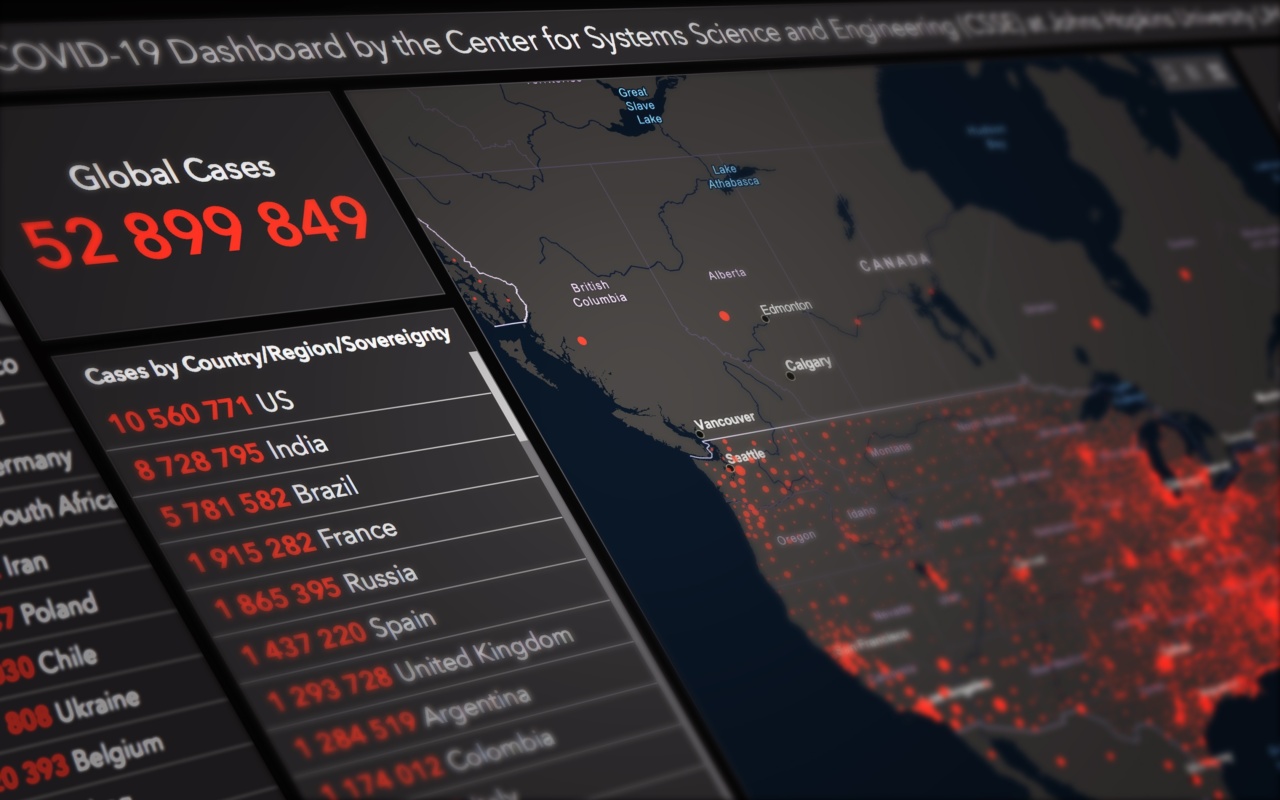Cancer is one of the leading causes of death globally, and the search for a cure or effective treatments has been the focus of scientific research for decades.
Over the past few years, there have been several exciting breakthroughs in cancer science and medical research. Here are ten of the most promising developments:.
1. Immunotherapy
Immunotherapy is a type of cancer treatment that boosts the body’s own immune system to fight cancer cells.
Several immunotherapy drugs have been approved by the FDA for the treatment of different types of cancer, including melanoma, lung cancer, and bladder cancer. Recent studies have shown that combining immunotherapy drugs with other treatments can be even more effective.
2. Liquid Biopsies
A liquid biopsy is a non-invasive test that uses a blood sample to detect cancer cells and genetic mutations.
This technology has the potential to make cancer diagnosis and treatment more precise and personalized, as well as help doctors monitor patients for recurrence or response to treatment.
3. Precision Medicine
Precision medicine is an approach to cancer treatment that takes into account the individual characteristics of a patient’s cancer, such as genetic mutations, to tailor the treatment to their specific needs.
This approach has led to more effective treatments for certain cancers and improved outcomes for patients.
4. Gene Editing
CRISPR-Cas9 is a gene editing technology that can potentially be used to target and eliminate cancer cells without harming healthy cells.
While this technology is still in the early stages of development, it holds promise for the future of cancer treatment.
5. Liquid Radiation
Liquid radiation is a type of cancer treatment that involves injecting radioactive isotopes directly into the tumor.
This technique is less invasive than traditional radiation therapy and has been shown to be effective in treating certain types of cancer, including prostate cancer.
6. Artificial Intelligence
Artificial intelligence (AI) has the potential to improve cancer diagnosis and treatment by analyzing large amounts of data quickly and accurately.
For example, AI algorithms can help doctors identify early signs of cancer on imaging scans and predict which treatments are most likely to be effective for a particular patient.
7. Nanotechnology
Nanotechnology involves developing tiny particles that can target and destroy cancer cells without harming healthy cells. This approach has the potential to make cancer treatment more effective and less toxic.
8. Cancer Vaccines
Cancer vaccines are a type of immunotherapy that aim to prevent cancer or treat existing cancer by boosting the body’s immune response to cancer cells.
While cancer vaccines are still in the early stages of development, they hold promise for the future of cancer prevention and treatment.
9. Liquid Nanoparticles
Liquid nanoparticles are tiny particles that can deliver drugs directly to the tumor site. This technique is less invasive than traditional chemotherapy and has the potential to improve the effectiveness of cancer treatment while reducing side effects.
10. Telemedicine
Telemedicine involves using technology to connect patients with healthcare providers from a distance. This approach can make cancer diagnosis and treatment more accessible and convenient for patients who live in remote areas or have mobility issues.





























